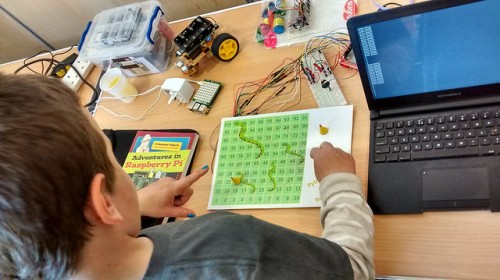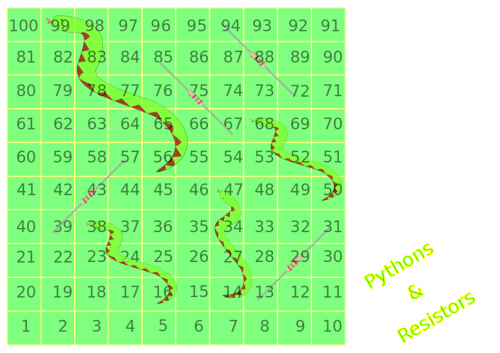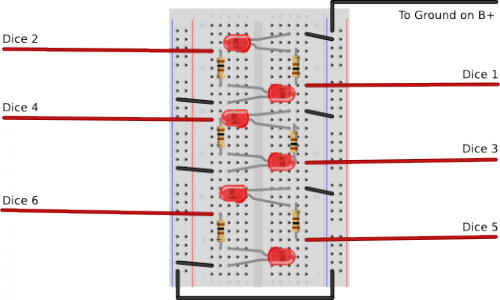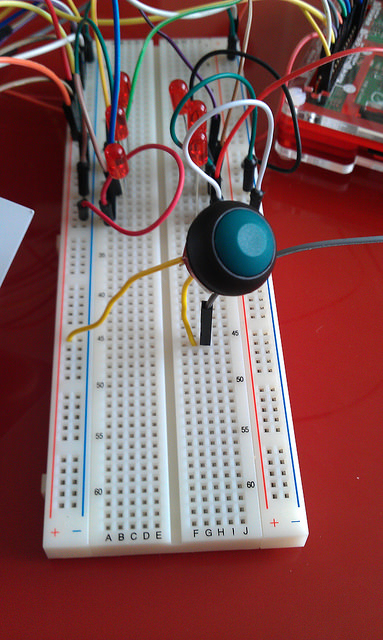| Les Pounder is a big player in the Linux & free software community in the North West. I first met him a few years ago when he was running Barcamp Blackpool, Blackpool GeekUp, Oggcamp in Liverpool, UCubed (Ubuntu & Upstream Unconference) in Manchester plus Linux user groups and other events. When I set up the Manchester Raspberry Jam in 2012, it was modelled on the style of a UCubed event – and Les came along to help out. Les was working as a systems administrator around the time the Pi came out. Within a year or so of the community blossoming and his involvement growing, he decided to embark on a new career with the Pi at its heart. He got some work running CPD for teachers, introducing them to the Pi and to coding, he started writing articles for Linux Format, he started putting Raspberry Pi projects together for Element14, and since Linux Voice began he’s been contributing articles and Pi tutorials for them. He’s also currently working on a book with Wiley on Raspberry Pi & Arduino projects. Les recently set up the Blackpool Raspberry Jam – and at their inaugural event he demonstrated a new project he made which brings the traditional board game Snakes and Ladders in to the digital world of IO with the Model B+. It’s called Pythons and Resistors. Over to Les: For this project we will look back to our childhood and bring a much loved game from our past into the future. The humble board game.
Board games have been a traditional family pastime for many generations but with the rise of computer games their novelty has started to dwindle. These card and paper based games have little to offer the children of today who have been brought up on a diet of downloadable content packs and gamer scores. But what if we could take a game from yesteryear and adapt it using the Raspberry Pi? Meet the latest interactive board game: Pythons and Resistors.
The board game is based on a simple snakes and ladders setup, with 100 squares in total via a grid of 10 x 10 squares. The object of the game is for 2 or more players to roll a dice and move their game piece to match the number given on the dice. If the player lands on a python’s head, then they will slither down the game board to the tail of the Python. If the player lands on the bottom of a resistor then they will climb up the game board. The winner is the first player to reach square 100, which is at the top left of the board.
See the full tutorial in the Element 14 community and see the final code on Les’s GitHub. |
A Semi-automated Technology Roundup Provided by Linebaugh Public Library IT Staff | techblog.linebaugh.org
Monday, September 22, 2014
Snakes and Ladders, Pi style
Subscribe to:
Post Comments (Atom)




No comments:
Post a Comment